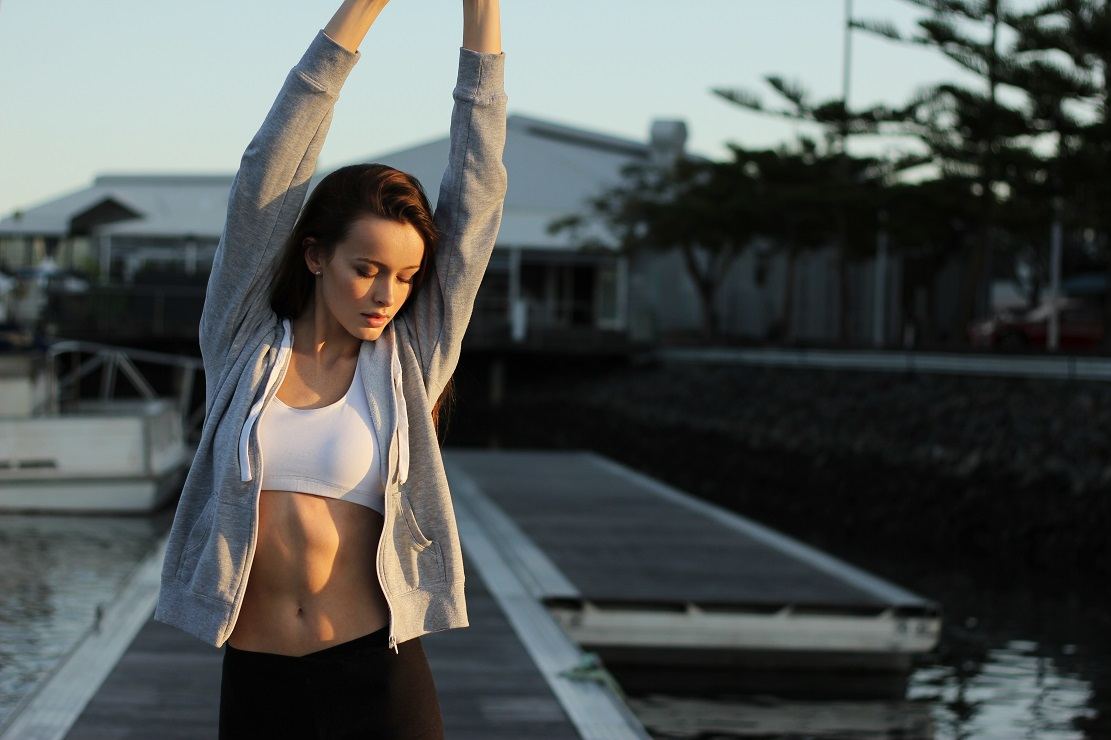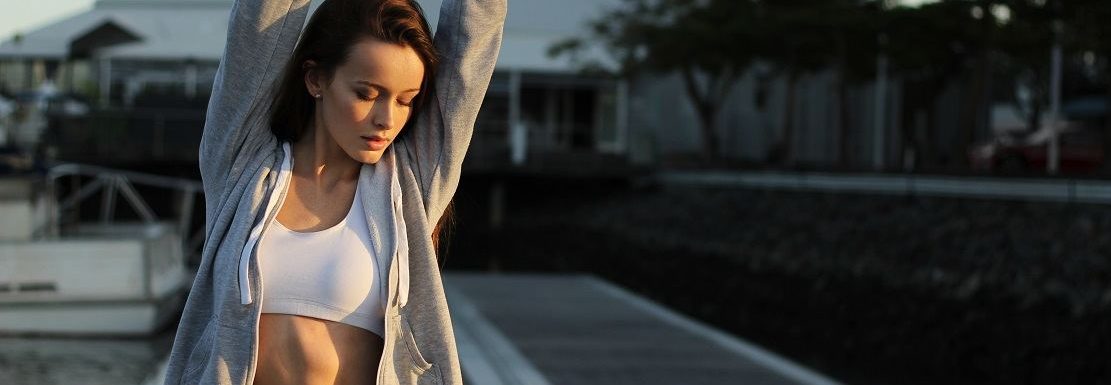
With former boob job poster girl Katie Price removing her infamous implants and returning to her once natural 32Bs, it’s safe to say that breasts have undergone something of a revolution in recent years.
Whereas the noughties were dominated by the larger-than-life artificial look favoured by Price and her fellow glamour models, women today are far more likely to desire a smaller chest. In fact, even those naturally gifted with bigger breasts may be looking for a reduction.
That’s the story according to statistics from the cosmetic surgery industry, which shows a significant increase in the number of breast reduction surgeries over recent years. In 2015 alone, 6,246 procedures were performed – a rise of 13 per cent compared to the previous year.
But why the move, and what’s prompted such a huge societal shift in desirable and fashionable sizes?
A natural increase in measurements
There are a variety of factors at play behind recent trends, but a look at changing bra sizes offers a sneaky insight. Jumping from 34B to 36D, the average British woman is significantly bustier today than she would have been a few decades ago.
Whilst some of this comes down to increasing innovation in bra engineering – with many brands purposely choosing to offer more sizing and style options to suit a wider market – obesity and increasing waistlines undoubtedly play a major part.
Nevertheless, progressively more women are naturally well-endowed, and many struggle to deal with the long-term impacts involved.
The physical effect of bigger boobs
A large bust can prove to be a painful nightmare for lots of women, and one they can’t easily escape. From poor posture to difficulty participating in sports, it can come to affect every aspect of life.
Indeed, back pain is a problem commonly associated with bigger boobs. This discomfort was one of the factors for Ariel Winter, the 18-year-old star of Modern Family, who caused a stir last year when she opened up about her choice to undergo a breast reduction at a young age.
A breast reduction can effectively limit the future physical consequences of carrying the significant weight of a large bust, but it isn’t a decision to take lightly. The surgical procedure involves removing excess skin and tissue to reduce volume and weight, whilst the recovery period normally lasts around six weeks.
But for lots of long-suffering women like Ariel Winter, it’s well worth the commitment – and not just because of its physical benefits.
The psychological impact
As well as being a source of pain, bigger boobs can also prove to have a major psychological impact, leading to anxiety, stress and other mental health problems.
Breasts have become hugely sexualised in modern culture, which means women with naturally large busts can sometimes find themselves the focus of unwanted attention. It’s a situation that can be extremely uncomfortable, particularly for young teenagers.
For women who feel they are defined by their breasts and noticed only for their larger busts, surgery can go some way to offering a confidence-boosting solution.
A modern fashion statement
Further to that, a breast reduction also allows women to indulge all their sartorial dreams.
With the era of Katie Price seemingly over, Taylor Swift’s modelesque celebrity girl gang are dictating the fashion industry. Petite supermodel bust sizes are reflected in the abundance of bra crop tops, backless racer vests and plunging necklines flooding the high street.
Fashion conscious but busty young women are left in a difficult situation. Going braless or strapless like such fashion necessitates isn’t easy if you’re self-conscious about your larger breasts. Consequently, wardrobe choices are often limited for bustier women.
Despite the fact that many labels are responding to the need for clothing which flatters bigger busts, the power of celebrity and the influence of flatter-chested supermodels remains strong.

Leave a Reply